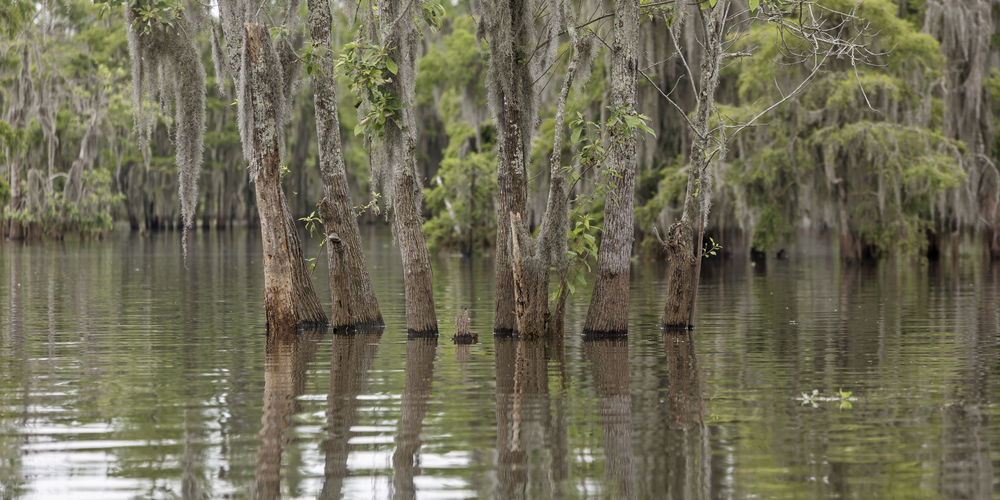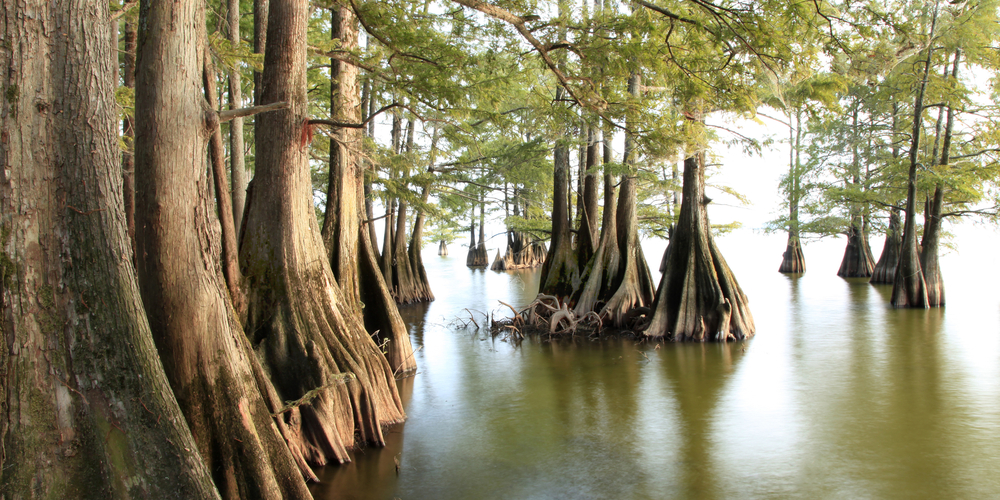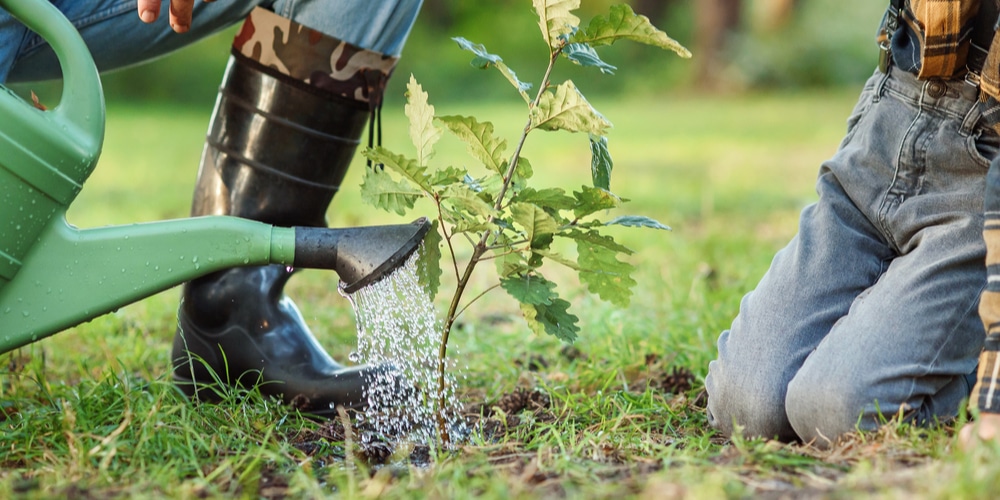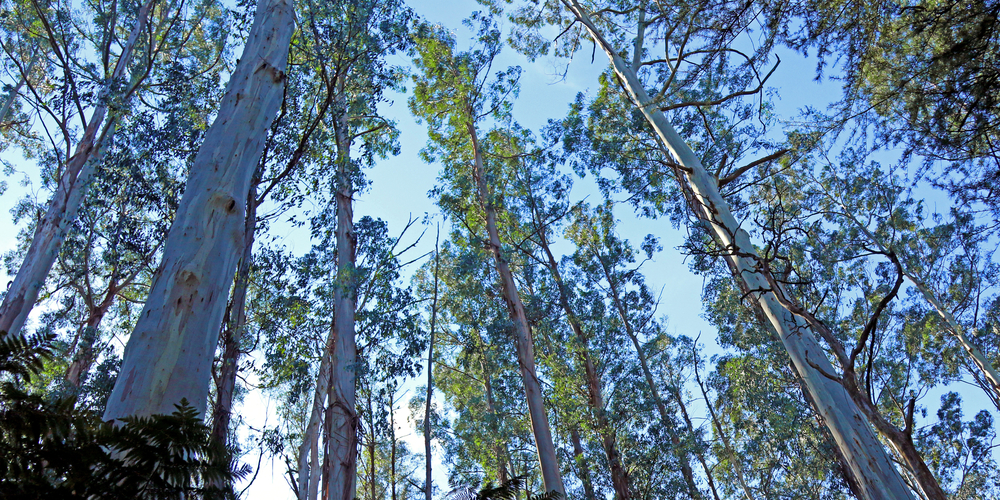Well-draining soil is suitable for most plants, including most of evergreen and flowering species. Willow trees, for example, have stems that can withstand long periods of stagnant water or swampy situations without being damaged. Only a few tree species can flourish in water. These trees, known as swamp trees, can be found in cold or warm-water wetlands. Let’s look at trees that grow in water.
WATER FLOW AND THE TREE
The fact that some plants cannot breathe causes them to die or develop poorly in damp places. Many tree roots require just as much oxygen as they do water. They may die if they do not obtain air.
Although some water-loving plants have gained the ability to establish branches without the oxygen demand, others have not. They may survive in marshy situations where other plants would perish. You can use this characteristic as a landowner to improve your damp and poorly drained places.
TREES THAT GROW IN WATER
Trees grow on ground that is rich in nutrients and has excellent drainage. Some kinds, like the willow tree, may also flourish in damp conditions or even stagnant water. There are, though, some truly magnificent trees that require nothing but water.
MANGROVE
These trees are one of the few plants that can grow and survive even if their roots are soaked in saline water all of the time. Mangrove trees come in over 50 different varieties around the world. The coastal ecology benefits greatly from mangrove trees. They provide habitat for marine species and birds and assist in the prevention of coastal flooding.
SWEETBAY MAGNOLIA
In springtime, the scent of Sweetbay magnolia, which is comparable to vanilla, hangs in the air. These trees enjoy the water, but they don’t have to be placed in it because they can grow in damp soil. It is a low-maintenance choice that makes a great addition to your backyard or front yard.
WATER TUPELO
Tupelo trees grow in marshes and regions where there is standing water for most of the year. It can easily endure flooding and gives food and shelter for pigeons and other creatures, like raccoons.
The tree can be found in the Deep South’s wetlands and moist, swampy places further north. Tupelo trees grow to be 50 feet tall on average. The bottom of the tree often expands where it reaches the water.
BALD CYPRESS
In the wetlands of the Deep South, the bald cypress is a magnificent sight. It’s a huge, prominent tree with elongated leaves and a thick covering of moss. The bald cypress trees can thrive in any form of water, whether it’s running or still, and it’s a great place for wildlife to live. Several knee-shaped root projections can be seen at the base of the tree, which assist the tree to acquire oxygen.
NUTTALL OAK
The red oak species include these trees. They can reach 60 feet (18 meters) in height and 45 feet (14 meters) in width. Nuttall oak tree maintenance is minimal because they are indigenous trees. Nuttall oaks are robust and powerful, growing in a pyramidal shape. They eventually grow into a tree with a circular canopy. Upper branches of the tree point upward, but lower limbs develop horizontally without sagging.
BLACK ASH
Whenever the plant is young, the bark looks fine, but as it ages, it becomes dark grey and corky. It reaches a height of 70 feet (21 meters) while remaining rather slim. The purple blooms have no petals and grow in bunches. Wild birds and tiny mammals benefit from the dried fruit.
RIVER BIRCH

The river birch is a great plant to have in any backyard or yard. It has an elegant and informal appearance, and its fast growth pace of up to 4 feet every year allows it to give speedy shade. The river birch, as its term suggests, prefers damp soil and grows to a mature height of around 50 feet in about a decade.
The wide canopy of delicate, ground-sweeping stems and long, delicate leaves distinguish this beautiful giant. The weeping willow’s golden twigs and green leaves show soon in the season around February.
The tree is simple to grow and establish, reaching heights of 30′ – 40′ and Abreadth of almost the same. It thrives in small forests near ponds, and rivers, and can be planted singly or in small groups.
Related article: Trees that start with M





